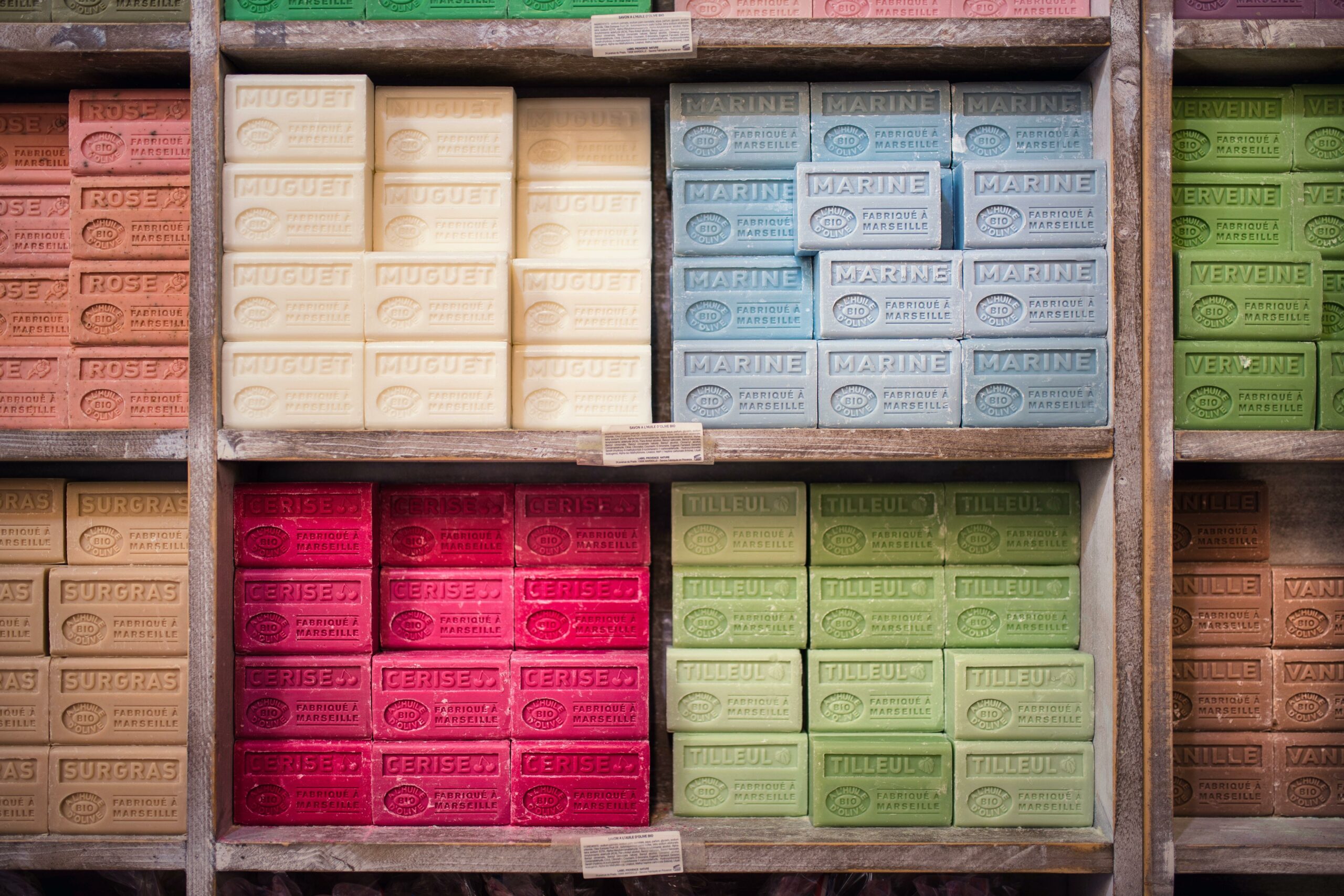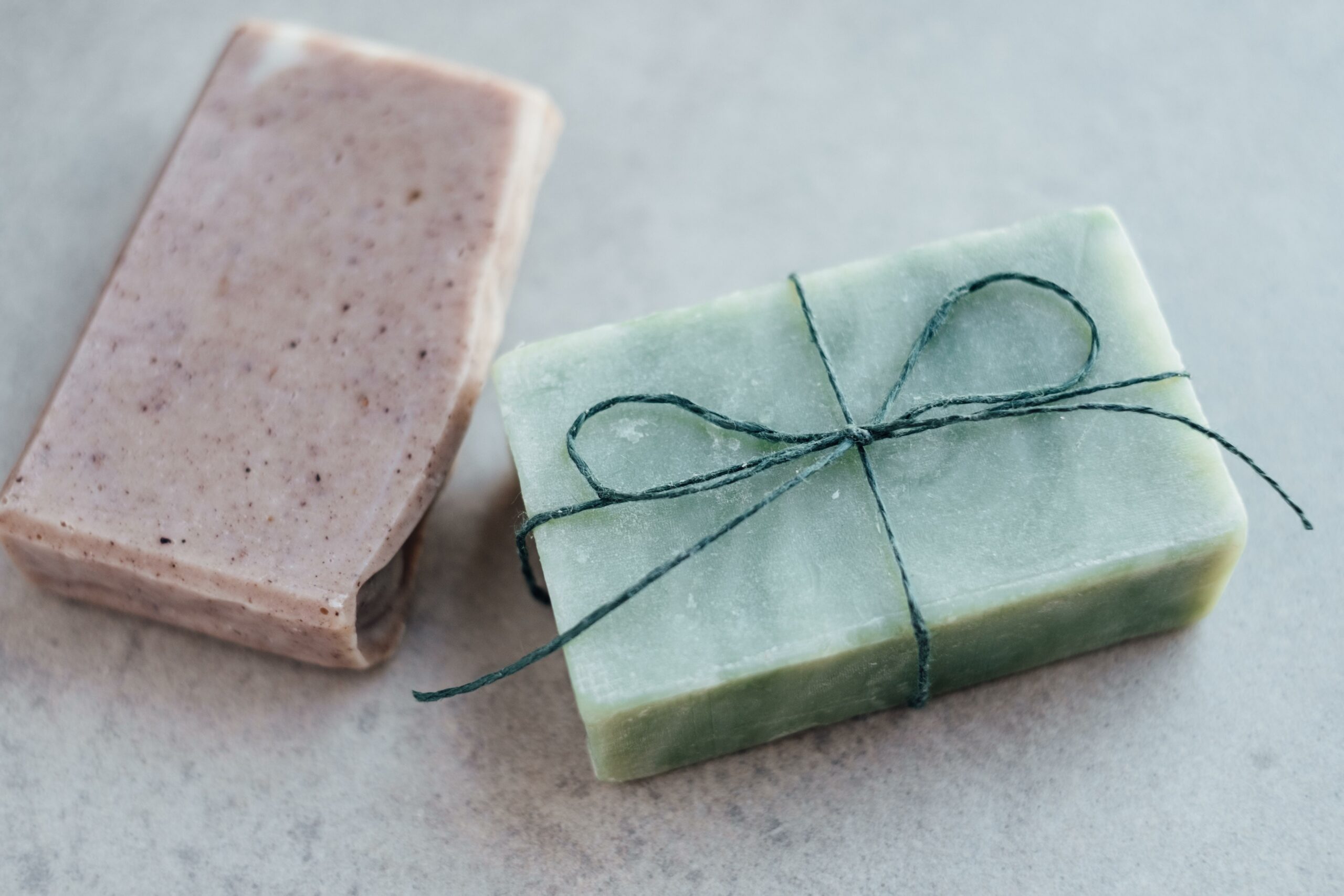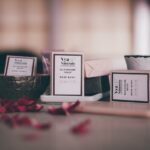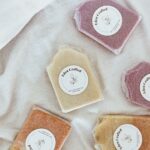Are you ready to embark on a journey into the captivating world of soap making? Get ready to unearth some delightful and surprising secrets that will leave you in awe of this age-old craft. In this article, we will dive headfirst into the fascinating realm of soap making, uncovering intriguing and lesser-known facts that will truly amaze you. From the mystical origins of soap to the mesmerizing color combinations that can be achieved, prepare to be dazzled by the hidden wonders that await. So, grab your goggles and let’s explore the captivating world of soap making fun facts!

Fun Facts About Soap Making
Did you ever wonder what goes into the magical process of creating a bar of soap? Soap making is an ancient art that has been passed down through generations, evolving and transforming along the way. Let’s dive into the fascinating world of soap making and uncover some fun facts that will surely leave you amazed!
The Oldest Soap Recipe on Record
Soap making has been around for thousands of years, dating back to ancient civilizations such as the Babylonians, Egyptians, and Romans. The oldest recorded soap recipe can be traced back to ancient Babylon, around 2800 BC. This recipe consisted of rendered animal fats, ashes, and water. It’s incredible to think that the basic principles of soap making have remained largely unchanged for thousands of years.
“Soap making has truly stood the test of time, with its secrets being passed down through the ages.”
Soap Making: A Chemistry Experiment
Did you know that soap making involves a chemical reaction? At its core, soap making is a process called saponification. It is a chemical reaction between oils or fats and an alkali, such as sodium hydroxide (for solid soap) or potassium hydroxide (for liquid soap). This reaction breaks down the fats and oils into fatty acids, which then combine with the alkali to form soap. It’s like conducting a mini chemistry experiment right in your own kitchen!
“Soap making is the perfect blend of science and creativity, where chemistry meets artistry.”
The Many Faces of Soap Making
Soap making is not limited to a one-size-fits-all approach. There are several techniques that soap makers can choose from, each with its own distinct characteristics. The most common methods include cold process, hot process, and melt and pour.
In the cold process method, oils and lye are mixed together, which starts the saponification process. It requires time for the soap to cure and harden.
The hot process method involves using heat to accelerate the saponification process. This method results in a quicker turnaround time and is perfect for those who are impatient to start using their homemade soaps.
Melt and pour soap making is the simplest and most beginner-friendly method. As the name suggests, you melt a pre-made soap base, add your desired ingredients, and pour it into molds. This method allows for endless creativity and customization.
“Soap making is a versatile craft that offers something for everyone, regardless of their level of expertise.”
The Art of Scenting Soaps
One of the most delightful aspects of soap making is the ability to create beautifully scented soaps using essential oils. Essential oils are derived from plants and offer a natural way to add fragrance to your homemade soaps. Each essential oil has its own unique aroma and therapeutic properties. For example, lavender essential oil is known for its calming and soothing effects, while citrus oils provide an invigorating and refreshing scent.
“Soap making allows you to indulge your senses and create soaps that not only cleanse but also uplift and rejuvenate.”
Soaps That Double as Art
Soap making isn’t just about functionality; it’s also an opportunity to create art. By incorporating various colorants and techniques, soap makers can produce stunning visual effects in their creations. From marbled swirls to intricate layering, the possibilities are endless.
“Soap making is a creative endeavor that transforms a simple bar of soap into a work of art.”
Now that you’ve discovered these wonderful fun facts about soap making, why not give it a try yourself? With a few basic ingredients, some essential oils, and a little bit of creativity, you can embark on an exciting soap making journey. It’s a hobby that not only allows you to create beautiful and aromatic soaps but also provides a sense of fulfillment and satisfaction that can’t be replicated.
So grab your soap molds, gather your ingredients, and let your imagination run wild in the world of soap making!
Fun Facts About Soap
Did you know that soap has been used for centuries to keep us clean and germ-free? If you’re interested in learning more about the fascinating history and science behind soap, click here to discover some fun facts about soap. You’ll be amazed by the diverse uses of soap throughout time and the interesting ingredients that go into making this everyday essential. So, don’t wait any longer, explore the world of soap and uncover the secrets behind this simple yet indispensable product. %fun facts about soap
Fun facts about soap making are always fascinating to learn. Did you know that there are numerous soap making methods? From cold process to hot process and melt and pour, each technique has its own unique characteristics. Explore interesting information about the art of soap making and uncover the secrets behind creating beautifully scented and nourishing bars. Discover how soap making has evolved over the years and gain insights into the science and creativity involved in this ancient craft. If you’re curious about soap making facts, check out our article on soap making facts. Additionally, for a deeper dive into the subject, we have compiled a list of interesting facts about soap making that are sure to captivate your interest. Moreover, if you’re seeking some truly unusual and uncommon facts, our article on unusual facts about soap making is guaranteed to provide you with surprising insights. So, start exploring and immerse yourself in the intriguing world of soap making!
5 Fascinating Facts about Handmade Soap
[youtube v=”Gmqhgy2pRMM”]
Handmade Soap: A Fusion of Nature’s Goodness and Modern Artistry
Did you know that soap making is an ancient tradition that dates back to ancient Babylon around 2800 BC? Handmade soap, also known as artisan soap, seamlessly combines the knowledge of past generations with modern techniques to create a delightful bathing experience. In this article, we will embark on a journey to explore five interesting facts about our handcrafted soaps.
1. The Beauty of Olive Oil and Hydroxide
One of the secrets behind the exceptional quality of our handmade soap lies in our careful selection of ingredients. Olive oil, known for its nourishing properties, takes center stage in our soap-making process. By combining it with hydroxide, we create a soothing and cleansing formulation that deeply cares for your skin.
“Our handmade soap is a fusion of nature’s goodness and modern artistry, providing an unparalleled bathing experience.”
2. Say Goodbye to Harsh Chemicals
When it comes to skincare, we prioritize your well-being. Our handmade soaps are crafted with the utmost care, ensuring they are free from harmful chemicals such as EDTA. This means that you can enjoy a refreshing cleanse without worrying about any negative impacts on your skin.
“Our commitment to your health extends to our products, which are free from harsh chemicals that may harm your skin.”
3. The Tale of the Transparent Green Layer
Have you ever wondered about the transparent green layer on our handmade soap? This glossy layer, a byproduct of the soap-making process, adds a touch of visual allure to our products. Moreover, it possesses remarkable moisturizing properties that nourish and hydrate your skin.
“The transparent green layer on our soap is not just visually captivating; it is a potent moisturizer, leaving your skin feeling hydrated and refreshed.”
4. Embracing the Power of Glycerin
Glycerin, a natural byproduct of soap making, plays a vital role in keeping your skin supple and moisturized. As a humectant, glycerin draws moisture from the air, ensuring your skin stays properly hydrated. So, if you notice a slight layer of dew forming on your soap, embrace it as a precious gift for your skin.
“Glycerin, a humectant in our handmade soap, helps maintain the moisture balance of your skin, creating a soft and hydrated feel.”
5. Handmade Soap: A Beautiful Companion
The longevity of our handmade soap is another aspect we take pride in. With proper care, each bar can last you up to four to six weeks when used twice daily. However, the lifespan also depends on how much you use and the frequency of usage. To maximize its lifespan, remember to place the soap on a dish that allows it to dry between uses.
“Our handmade soap is a long-lasting companion, offering you indulgent baths for weeks on end. Just ensure you let it dry properly between uses for extended enjoyment.”
By exploring these intriguing facts about our handcrafted soaps, we hope to have piqued your interest in the art of soap making. Our commitment to providing you with exceptional products that nurture your skin is what sets us apart. Explore the world of handmade soap, and indulge in the luxury of a truly rejuvenating bathing experience.
FAQ
Question 1: What are some interesting facts about soap making?
Answer 1: Soap making has a rich history that dates back thousands of years. Did you know that ancient civilizations, such as the Babylonians, Egyptians, and Romans, were already making soap? They used a variety of ingredients, including animal fats, oils, and ash, to create their cleansing formulas.
Question 2: What is the science behind soap making?
Answer 2: Soap making involves a chemical process called saponification. During this process, oils or fats are combined with a strong alkali, such as sodium hydroxide (lye), to produce soap. The reaction breaks down the fatty acids in the oils or fats and forms glycerin, which moisturizes the skin, and soap molecules, which have cleansing properties.
Question 3: What are the different soap-making techniques?
Answer 3: There are several soap-making techniques, including:
- Cold process: In this method, oils and lye are mixed at a low temperature, allowing the chemical reaction to occur slowly. It requires curing time for the soap to harden.
- Hot process: This technique involves applying heat to speed up the soap-making process. The mixture is cooked until saponification is complete, resulting in a ready-to-use soap.
- Melt and pour: This method involves melting pre-made soap bases and adding colors, fragrances, and other ingredients. It is a beginner-friendly technique that eliminates the need for handling lye.
Question 4: What ingredients are commonly used in soap making?
Answer 4: Soap makers utilize a variety of ingredients to create their unique soap recipes. Some common components include oils (such as olive oil, coconut oil, and palm oil), butters (such as shea butter and cocoa butter), lye, water, essential oils for fragrance, and natural colorants like botanical powders or clays.
Question 5: Can you share any tips for creating aesthetically pleasing and aromatic soaps?
Answer 5: Absolutely! Here are a few tips to enhance the visual appeal and scent of your homemade soaps:
- Experiment with different colors and patterns using natural colorants like spirulina powder, turmeric, or activated charcoal.
- Add fragrant essential oils, such as lavender, eucalyptus, or citrus, for delightful aromas.
- Consider using unique soap molds to create interesting shapes and designs.
- Incorporate exfoliants like ground coffee, oatmeal, or poppy seeds for added texture and skin-benefiting properties.
- Don’t shy away from using dried flowers, herbs, or botanicals as decorative elements for a touch of nature.
- Unlocking Francis Alexander Shields’ Finance Empire: A Comprehensive Biography - July 12, 2025
- Unveiling Francis Alexander Shields: A Business Legacy - July 12, 2025
- Francis Alexander Shields’ Business Career: A Comprehensive Overview - July 12, 2025















